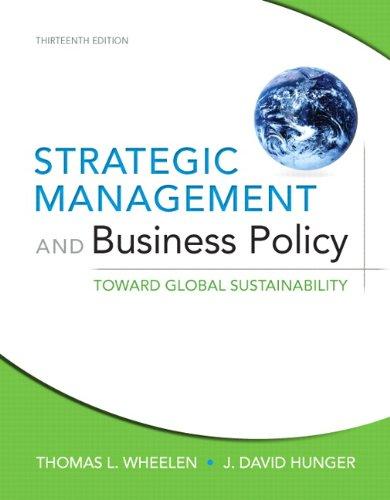Question
Consider a market with 20 firms who act as price takers in all markets. Each firm is producing some good, and its activity produces 10
Consider a market with 20 firms who act as price takers in all markets. Each firm is producing some good, and its activity produces 10 units of pollution. For the purposes of this problem, assume that the firm cannot change its production activity, but it has a mechanism by which to directly abate its own emissions, at a total cost of C(ai) = iai where i is a constant for each firm. Five firms have i = 1. Five other firms have i = 4. The remaining ten firms have i = 8. After abatement, net emissions for each firm are ei = 10 ai, where ei cannot go below zero (i.e., each firm can abate a maximum of 10 units).
As a policy, consider instead a uniform regulation in which every firm is required to abate one-quarter of their emissions. That is, each firm is required to abate 2.5 units, which means that total abatement is 20 times 2.5 = 50 units.
- What is the total cost of abatement of this policy?
- (Compare this cost to the cost of abatement under the tax you analyzed previously. You should be able to find a meaningful comparison, and it should show you the expected result that the tax is cost effectivethe same quantity of abatement is achieved at a lower cost under the tax as compared to this uniform regulation.)
- Under what conditions would the uniform regulation be cost effective? (I.e., if you changed the setup of the problem, it is possible to make the uniform regulation as cost effective as the tax. What would be required?) Explain in one sentence.*
Step by Step Solution
There are 3 Steps involved in it
Step: 1

Get Instant Access to Expert-Tailored Solutions
See step-by-step solutions with expert insights and AI powered tools for academic success
Step: 2

Step: 3

Ace Your Homework with AI
Get the answers you need in no time with our AI-driven, step-by-step assistance
Get Started


